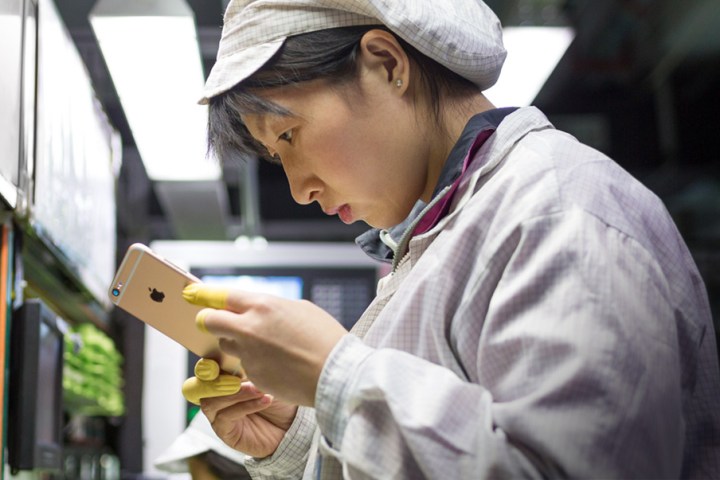
The move highlights a growing trend within the tech industry and beyond; human involvement is kept to a minimum to both speed up productivity and, in the long run, save money on things like wages.
So what exactly are the phases? In the first, factories are equipped with robots at individual workstations. Those robots will handle tasks that are either too dangerous for humans or are simply things that humans normally wouldn’t want to do.
The second phase is implementing robots in entire production lines. By the time the third stage rolls out, only a small staff would be present in roles such as logistics, inspection, and quality control.
As mentioned, some plants have already reached the third stage. Plants in the Chinese cities of Chengdu, Shenzen, and Zhengzhou are already in either the second or third stage. The Zhengzhou plant is where as many as half of Apple’s iPhone’s are made. There, only one CNC line has been fully automated so far.
So just how many robots is the company using in total? Foxconn has deployed a hefty 40,000 so far, and is reportedly capable of building a massive 10,000 more per year. Those robots aren’t just confined to factories — the company is also deploying medical robots.
Of course, the move is controversial. In the long run, it’s likely to be beneficial for Foxconn when it comes to production times and cheaper labor — but the automation has eliminated thousands of jobs already, and could disrupt the economy of entire Chinese cities.


